How To Find Ip Cameras On Network?
In today's interconnected world, IP cameras have become an essential tool for security and surveillance. Whether you're a homeowner looking to secure your property, a business owner wanting to monitor your premises, or an IT professional tasked with managing a network of cameras, knowing how to find IP cameras on a network is crucial. This article will guide you through the process, providing practical steps and tips to ensure you can efficiently locate and manage your IP cameras.
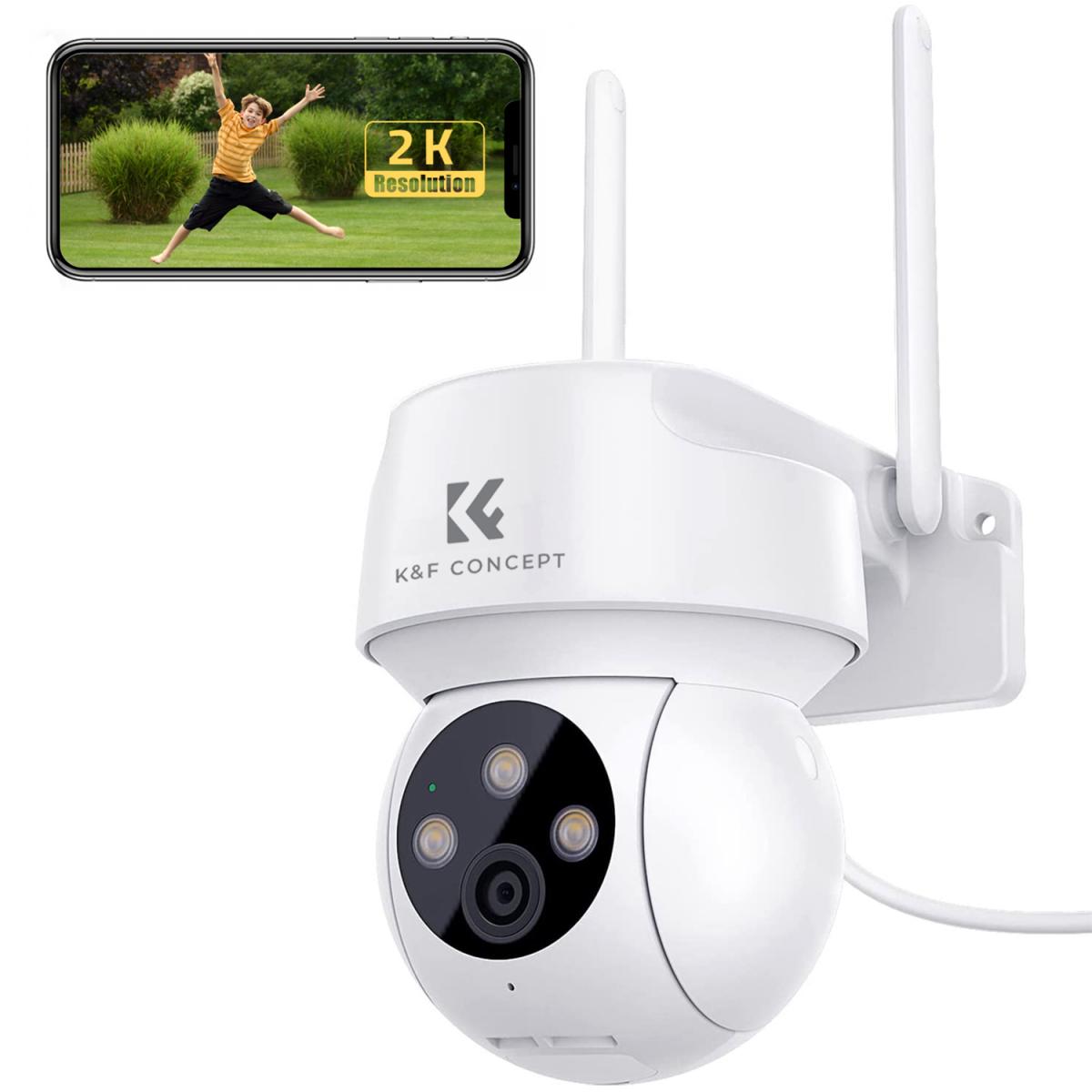
Understanding IP Cameras
Before diving into the methods of finding IP cameras on a network, it's important to understand what an IP camera is. An IP camera, or Internet Protocol camera, is a type of digital video camera that receives and sends video footage via an IP network. Unlike analog closed-circuit television (CCTV) cameras, IP cameras do not require a local recording device, only a local network. This makes them more flexible and scalable for various surveillance needs.
Why Finding IP Cameras is Important
Finding IP cameras on a network is essential for several reasons:
1. Security: Ensuring that all cameras are accounted for and properly configured helps maintain the security of the surveillance system.
2. Maintenance: Regularly checking the status of IP cameras can help in timely maintenance and troubleshooting.
3. Network Management: Knowing the IP addresses of cameras helps in managing network resources and bandwidth.
Methods to Find IP Cameras on a Network
There are several methods to locate IP cameras on a network. These methods range from using built-in tools in operating systems to specialized software designed for network management.
1. Using Network Scanning Tools
Network scanning tools are one of the most effective ways to find IP cameras on a network. These tools scan the network for devices and provide detailed information about each device, including IP addresses, MAC addresses, and device types.
Popular Network Scanning Tools:
- Advanced IP Scanner: This free tool is user-friendly and provides a comprehensive list of devices on the network. It can identify IP cameras and provide their IP addresses.
- Nmap: A powerful open-source network scanner that can be used to discover devices on a network. It requires some technical knowledge but offers detailed information.
- Angry IP Scanner: Another free tool that is easy to use and can quickly scan a network to find IP cameras.
Steps to Use Network Scanning Tools:
1. Download and install the network scanning tool of your choice.
2. Open the tool and enter the IP range of your network.
3. Start the scan and wait for the results.
4. Look for devices that match the manufacturer or model of your IP cameras.
2. Using the Router’s Web Interface
Most modern routers come with a web interface that allows you to see all connected devices. This can be a quick way to find IP cameras on your network.
Steps to Use the Router’s Web Interface:
1. Open a web browser and enter the IP address of your router (usually 192.168.1.1 or 192.168.0.1).
2. Log in with your router’s username and password.
3. Navigate to the section that shows connected devices (often under “Device List” or “Attached Devices”).
4. Look for devices that match the manufacturer or model of your IP cameras.
3. Using Camera Manufacturer’s Software
Many IP camera manufacturers provide their own software for managing and discovering cameras on a network. This software is often tailored to work seamlessly with their products.
Steps to Use Manufacturer’s Software:
1. Download and install the software from the manufacturer’s website.
2. Open the software and follow the instructions to scan the network.
3. The software will list all compatible IP cameras along with their IP addresses.
4. Using Command Line Tools
For those comfortable with command line interfaces, tools like `arp-scan` and `ping` can be used to find IP cameras on a network.
Using `arp-scan`:
1. Open a terminal or command prompt.
2. Install `arp-scan` (if not already installed).
3. Run the command `arp-scan -l` to list all devices on the local network.
4. Look for devices that match the manufacturer or model of your IP cameras.
Using `ping`:
1. Open a terminal or command prompt.
2. Use the `ping` command to check each IP address in the network range.
3. Note the responses and identify the IP addresses of the cameras.
Best Practices for Managing IP Cameras
Once you have located your IP cameras, it’s important to follow best practices for managing them to ensure security and efficiency.
1. Assign Static IP Addresses
Assigning static IP addresses to your IP cameras can make them easier to manage and prevent IP conflicts. This can usually be done through the camera’s web interface or the router’s DHCP settings.
2. Change Default Passwords
Always change the default passwords of your IP cameras to prevent unauthorized access. Use strong, unique passwords for each camera.
3. Regularly Update Firmware
Keep the firmware of your IP cameras up to date to ensure they have the latest security patches and features. Check the manufacturer’s website regularly for updates.
4. Monitor Network Traffic
Use network monitoring tools to keep an eye on the traffic generated by your IP cameras. This can help you detect any unusual activity that might indicate a security breach.
5. Secure Your Network
Ensure your network is secure by using strong passwords for your Wi-Fi and enabling encryption. Consider setting up a separate network for your IP cameras to isolate them from other devices.
Finding IP cameras on a network is a critical task for ensuring the security and efficiency of your surveillance system. By using network scanning tools, the router’s web interface, manufacturer’s software, or command line tools, you can easily locate your IP cameras and manage them effectively. Following best practices such as assigning static IP addresses, changing default passwords, updating firmware, monitoring network traffic, and securing your network will help you maintain a robust and secure surveillance system. Whether you are a homeowner, business owner, or IT professional, these steps will empower you to take control of your IP camera network and ensure it operates smoothly.







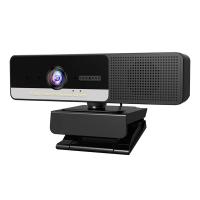

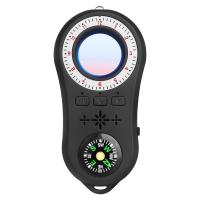

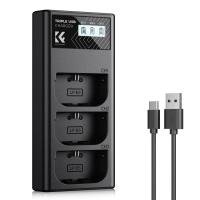




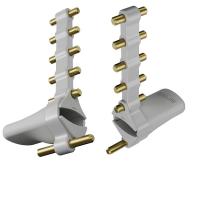



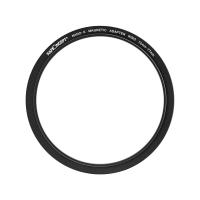
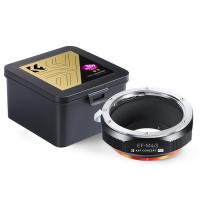




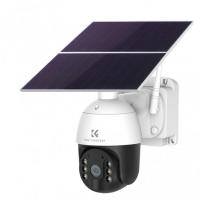




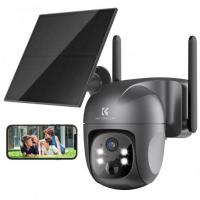
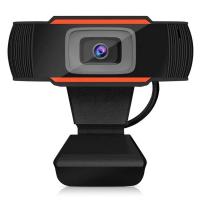


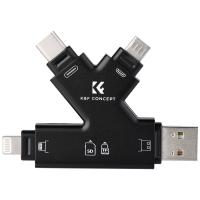
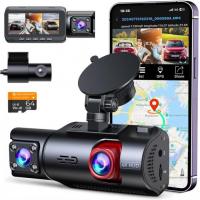




There are no comments for this blog.